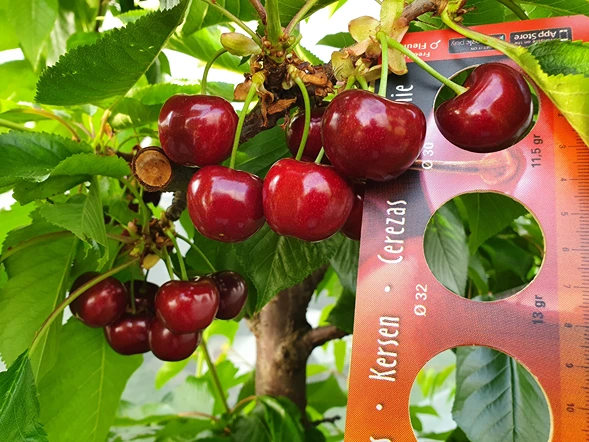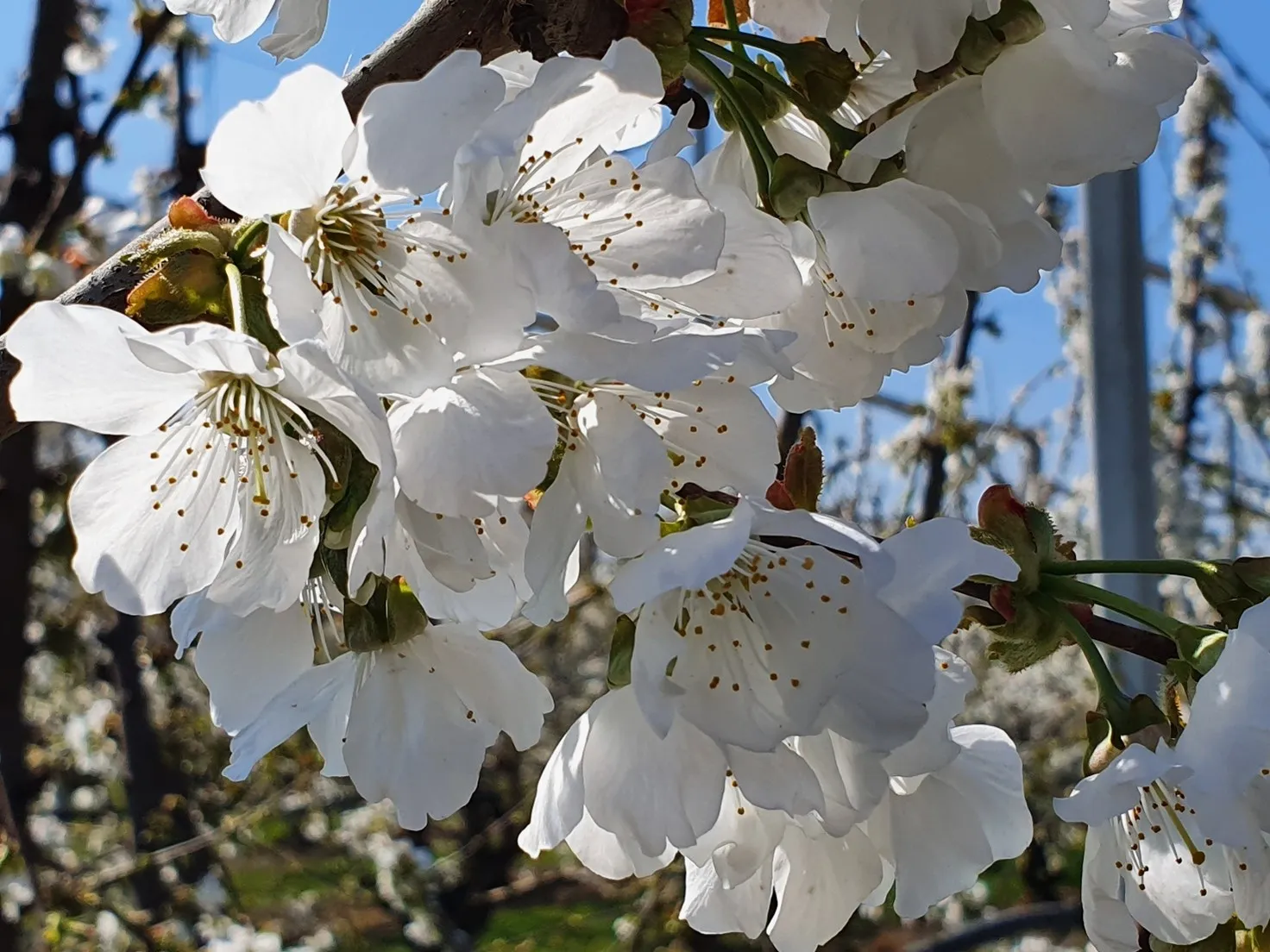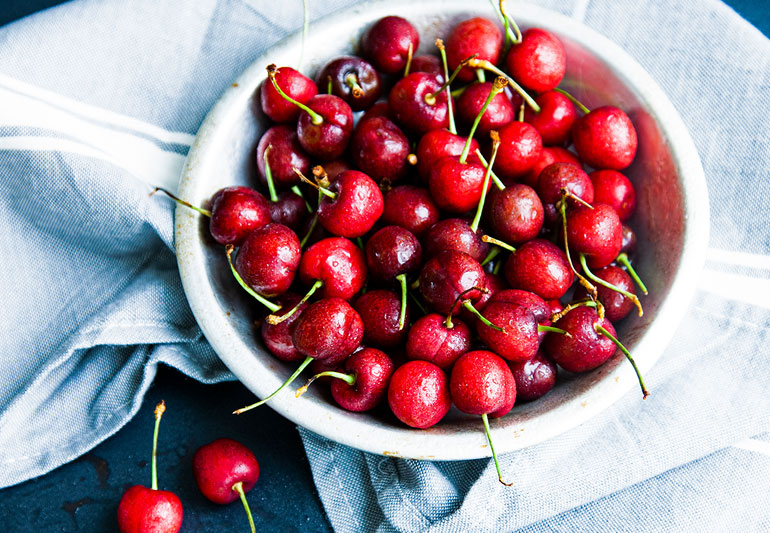Cherries are economically valuable fruits belonging to the Prunus genus, cherished for their appearance, sweet flavor, and high nutritional value. Despite significant scientific advances over the past thirty years, the practical use of genomic data to enhance cherry traits remains limited. Recent studies have enabled the integration of genetic linkage maps, quantitative trait loci (QTL), genome-wide association studies (GWAS), and functional gene validation, offering new opportunities for varietal innovation.
Genomics has provided insights into the genetic structure of key agronomic traits, such as fruit quality, climate change adaptation, and resistance to stress and pests. The complete sequencing of various species, including sweet cherry (Prunus avium), sour cherry (Prunus cerasus), and Chinese cherry (Prunus pseudocerasus), has helped clarify phylogenetic relationships, genetic variability, and the molecular basis of traits of interest.
For instance, the sweet cherry variety "Tieton" has provided a high-quality, comprehensive genomic reference that is crucial for identifying specific loci and improving selection efficiency. A recent study, involving collaboration between researchers from China and France, conducted an extensive analysis of genomic research findings on cherries. Among the traits examined, fruit size and weight are critical determinants of commercial quality.
QTL and genes such as PavRAV2 and PaCYP78A9 regulate processes of cell division and expansion, directly influencing mesocarp development. Fruit color, closely tied to anthocyanin accumulation, was also extensively studied. Genes like PavMYB10.1 control cyanidin synthesis, determining various color shades ranging from yellow to dark red.

To address fruit cracking, a severe issue in cherries, genes influencing cell wall strength (e.g. by modifying pectin and hemicellulose content) such as PavXTH14 have been identified. Similarly, regulators like PavNAC56 have been studied to improve fruit firmness, essential for postharvest preservation. These regulators act on key enzymes involved in cell wall metabolism. The phenology of cherries, fundamental for climate change adaptation, is governed by complex genetic factors.
QTL in genomic "hotspot" regions control critical stages like flowering and maturation. Additionally, genes such as PavSVP play roles in dormancy and flowering control. Despite progress, specific challenges persist across cherry species. While research primarily focuses on diploid sweet cherries, improving tetraploid cherries like Chinese cherry is hindered by genomic complexity.
However, recent genomic sequencing analyses offer opportunities to overcome limitations in this species, such as small fruit size, soft texture, and short shelf-life. Finally, integrating multi-omics approaches and constructing an interspecific pangenome could revolutionize research and varietal innovation.
This would enable the identification of genomic regions, genes, and molecular mechanisms involved in the genetic determination of traits of interest. Comparative analysis among Prunus species would further facilitate knowledge transfer, accelerating genetic improvement not only for cherries but also for other crops/species. These integrated insights will guide breeding strategies to develop improved varieties that are resilient, high-quality, and tailored to future market demands.
Source: Liu, Z., Bernard, A., Wang, Y., Dirlewanger, E., & Wang, X. (2024). Genomes and integrative genomic insights into the genetic architecture of main agronomic traits in the edible cherries. Horticulture Research, uhae269. UNCORRECTED MANUSCRIPT. https://doi.org/10.1093/hr/uhae269.
Image: SL Fruit Service
Andrea Giovannini
University of Bologna (IT)
Cherry Times - All rights reserved













